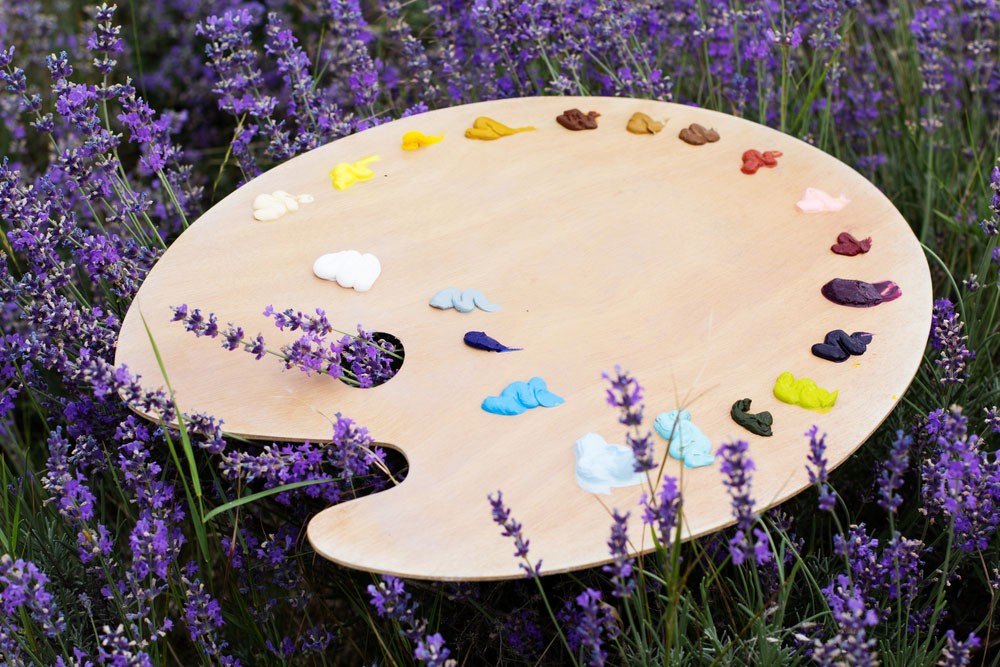Who does not enjoy art? Whether we create it or only observe and enjoy the creations of others, for most of us art is inspiring and relaxing. However, the benefits of artistic expression are far greater than enjoyment, inspiration, and relaxation. Studies indicate that art therapy can be very valuable in treating issues such as anxiety, depression, and post-traumatic stress disorder (PTSD) and that creating art is a great way to express and process your emotions.
What Is art therapy?
The simplest way to define art therapy is as an application of the visual arts in a therapeutic context. It’s based on the belief that people can resolve problems and conflicts, manage their behavior and stress levels, develop social skills, achieve insight, and boost self-awareness and self-esteem through the creative process involved in artistic self-expression.
Major emotional experiences such as trauma recovery are likely associated with feelings or memories that you cannot easily put into words. Art therapy allows you to express your emotions, without having to put your feelings into words. According to The British Association of Art Therapists, art therapy offers unique insights due to the nature of its “three-way process between the client, the therapist and the image or artifact”.
You don’t necessarily need to see an art therapist in order to experience some of its benefits, there are many activities you can easily do at home such as drawing, journaling, painting, sculpting with clay, and writing. It doesn’t matter which activity you choose, as long you feel comfortable with it.
However, a licensed art therapist can tailor activities to your personal needs and help you interpret and process the messages contained in your artwork. They are also excellent facilitators of group sessions and help you to build healthy connections with others which can help offset depression.
You also don’t need to be a talented artist in order to benefit from art therapy. Once you try art therapy activities, your inner artists will quickly surface.
Uses
Art therapy can be used to treat a wide range of emotional and physical issues. In certain cases, it might be used in combination with other psychotherapy techniques such as cognitive behavioral therapy or group therapy.
Those who can benefit from art therapy include:
- Adults or children who experienced a traumatic event
- Anyone who finds it difficult to express their feelings
- Anyone with autism
- Children with learning disabilities or behavioral or social problems
- Chronically and terminally ill patients
- Dementia patients
- Individuals who suffered a brain injury
- People suffering from severe stress, grief, or mental health problems
- Prisoners
- Recovering addicts
How it works
Although laws vary from country to country, in most countries art therapists need to first become licensed clinical psychologists, professional counselors, or social workers in order to offer their psychotherapy services.
When you first meet, your therapist will talk to you and ask questions to find out more about you and what you’re hoping to achieve.
During an art therapy session, you will learn to focus on your inner experience—your emotions, feelings, imagination, thoughts, and perceptions. Although the therapy may involve learning art skills or techniques, the most important thing is to simply create something with the emphasis generally placed on developing and expressing images that come from within you, rather than those you see in the outside world.
Your therapist may ask you to create something specific or rather to create whatever you feel like that day and may observe you as you work. If this makes you feel uncomfortable, you are free to tell them so.
Once you have completed your piece of art, the therapist will help you to translate the nonverbal messages, metaphors, and symbols in your artwork, which should lead to you better understanding your behavior and feelings and help you to resolve deep issues. For example, your mood may have changed as you worked or once you completed it, or memories may have been triggered during the process.
Benefits
- Emotional relief: Art therapy offers a healthy way to express and release your feelings, fears, and other emotional distress.
- Pain management: Creating art lowers your perception of pain as it shifts your mental focus away from it. It doesn’t just distract you but relaxes you and changes your mood so that your emotional state is not controlled by pain.
- Self-discovery: Creating art can help you recognize and acknowledge feelings you may be suppressing.
- Self-esteem: The creative process will give you a feeling of accomplishment which can boost your confidence and self-appreciation. When your confidence and social skills are well-developed, you are more likely to develop healthy habits.
- Stress relief: Creating art can help you relieve stress and relax both emotionally and physically.
Finding an art therapist
Most licensed art therapists work in clinics, hospitals, schools, universities, and as part of community programs focused on health and well-being. You can ask a medical professional or trusted friend to refer you or do your own research online to find art therapists near you. Always make sure you are completely comfortable with your therapist and ask them to share their background and referrals.
Art therapy can be extremely useful for expressing emotions that are tough to verbalize. When led by a professional art therapist, the creative process can be a powerful healing process.
Let art therapy take you on a journey of self-discovery and help you to eliminate emotional roadblocks.

